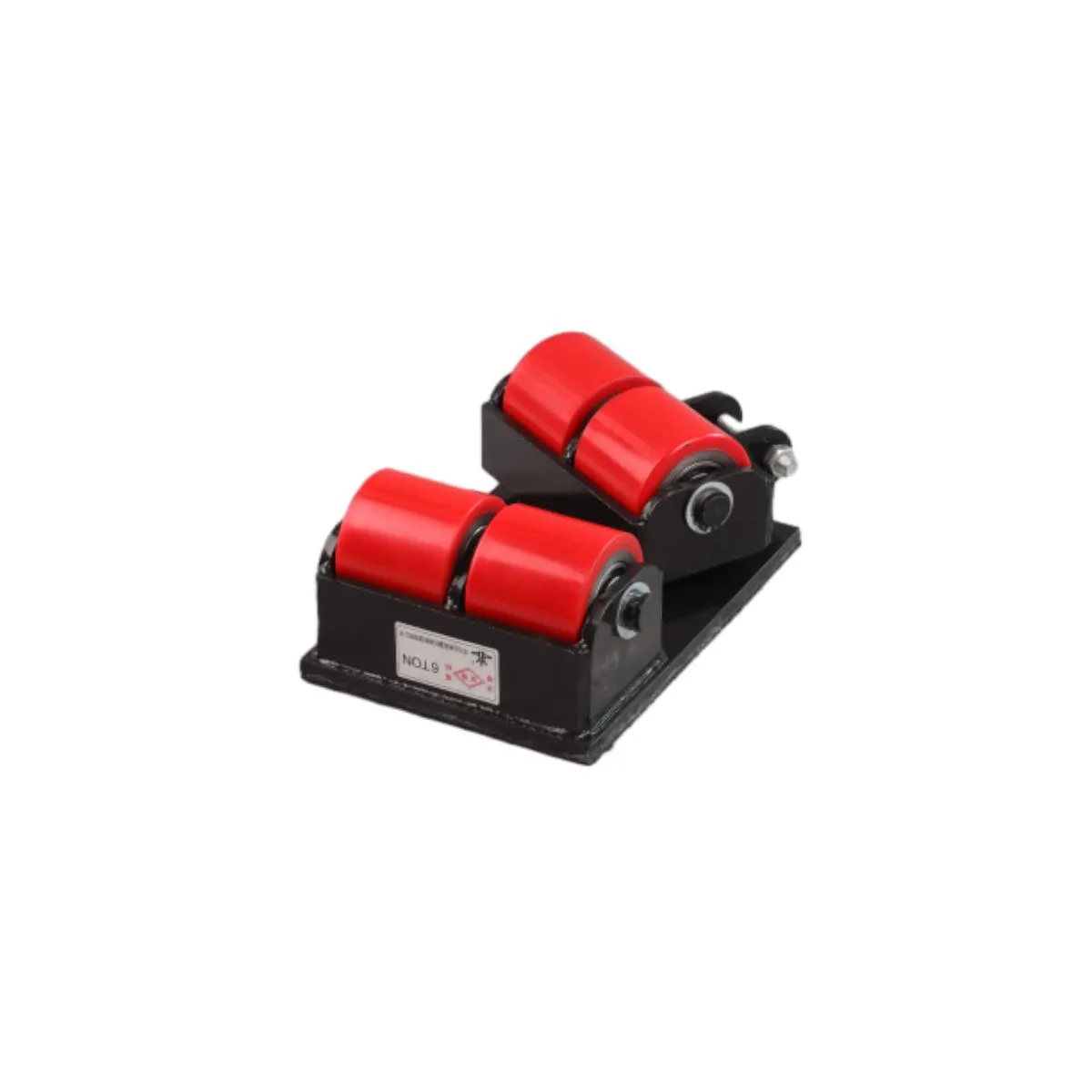Overview of Crane Girders and Gantry Girders in Modern Engineering Applications
Crane Girder vs. Gantry Girder An Overview
In the realm of industrial lifting and material handling, two critical components that frequently come into play are crane girders and gantry girders. These structural elements are indispensable in various settings, including factories, warehouses, and construction sites. Though they serve similar purposes—supporting heavy loads and facilitating movement—they do have distinct characteristics and applications.
Crane Girders
Crane girders are horizontally oriented beams that are an integral part of overhead cranes. These girders are designed to support the weight of the crane system and the loads it lifts. They form the main framework that connects to vertical supports or columns and are crucial in distributing the load evenly across the structure.
The design of crane girders often varies based on the type of crane being utilized, such as bridge cranes or jib cranes. Bridge cranes typically feature two parallel girders, creating a sturdy frame over which the hoisting mechanism moves. The materials used for crane girders generally include steel or reinforced concrete, given their high load-bearing capacity and durability. Additionally, the design of crane girders must incorporate factors such as the weight of the load being lifted, the speed of lifting, and the required safety margins.
One of the significant advantages of crane girders is their ability to operate in high-ceiling facilities, allowing for vertical space utilization. They can efficiently traverse the entire length of a building, making them suitable for large-scale manufacturing processes.
Gantry Girders
crane girder and gantry girder

In contrast, gantry girders are horizontal beams supported by vertical legs that are either fixed or movable. Gantry cranes are often used in outdoor environments, such as construction sites or shipyards, where a mobile lifting solution is required. The design of a gantry girder allows it to travel along a set of tracks or wheels, providing flexibility in movement across a predetermined area.
The structure of gantry girders allows for significant mobility and adaptability. Operators can adjust the height and width of the gantry crane depending on the load requirements and the available workspace. This makes gantry girders particularly useful in settings where traditional overhead cranes may not be feasible due to structural constraints or where portability is essential.
Gantry cranes are typically designed to handle hefty loads, from large shipping containers to heavy construction materials. They can be engineered to withstand harsh environmental conditions, making them ideal for outdoor use. Their less permanent nature also allows for easier relocation from one site to another, enhancing operational flexibility.
Key Differences
While both crane girders and gantry girders are essential for lifting, their fundamental differences cater to various operational needs. Crane girders are ideal for fixed installations requiring high lifting capacity and efficiency in confined spaces. In contrast, gantry girders excel in settings that demand mobility and adaptability, offering a versatile solution for varied lifting needs.
In conclusion, the choice between crane girders and gantry girders ultimately depends on specific operational requirements, workspace configuration, and the nature of the loads being handled. Both types of girders play pivotal roles in enhancing productivity and safety in industrial settings, transforming the way materials are moved and managed across sectors. Understanding their unique features and applications can help businesses optimize their material handling systems, leading to greater efficiency and streamlined processes.
-
Unlock Seamless Relocation with Our Heavy Equipment Moving ExpertiseNewsJun.06,2025
-
Unleash Unrivaled Flexibility with Our Adjustable Gantry CraneNewsJun.06,2025
-
Unleash Heavy-Duty Efficiency with Our Industrial Gantry Crane SolutionsNewsJun.06,2025
-
Revolutionize Steel Handling with Our Magnetic Lifter RangeNewsJun.06,2025
-
Master Equipment Mobility with Premium Machinery Mover SolutionsNewsJun.06,2025
-
Elevate Your Material Handling with Magnetic Lifter TechnologyNewsJun.06,2025
-
YS Permanent Lifting Magnets: The Smarter Way to Handle SteelNewsMay.22,2025
